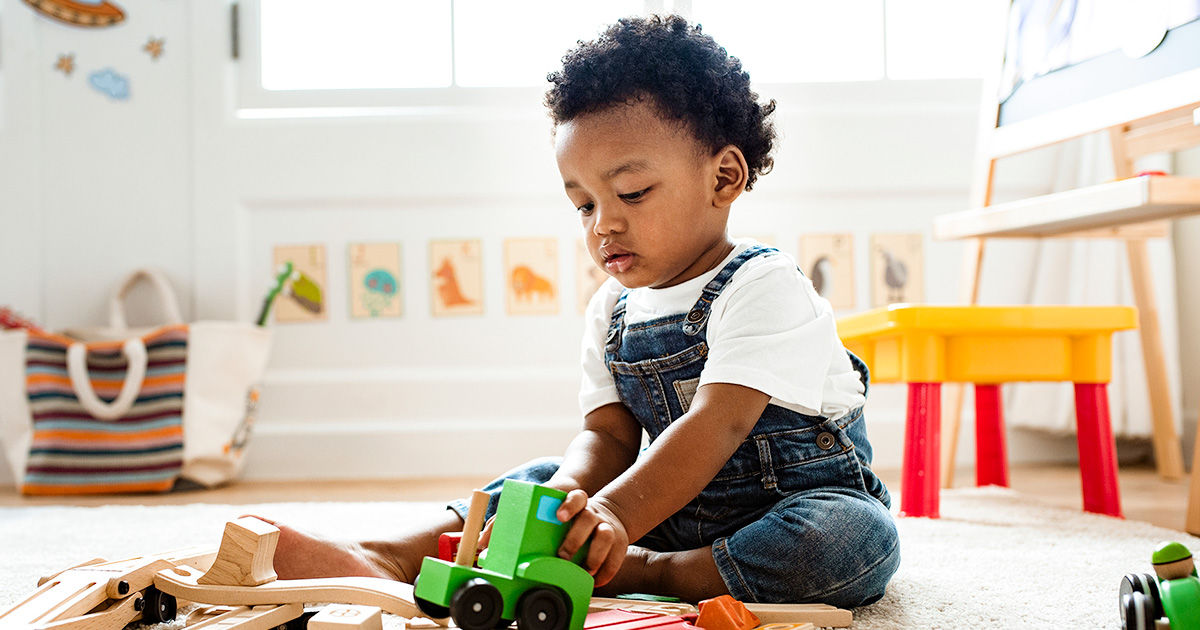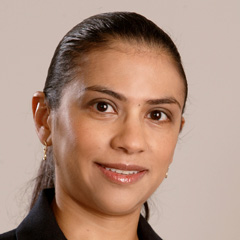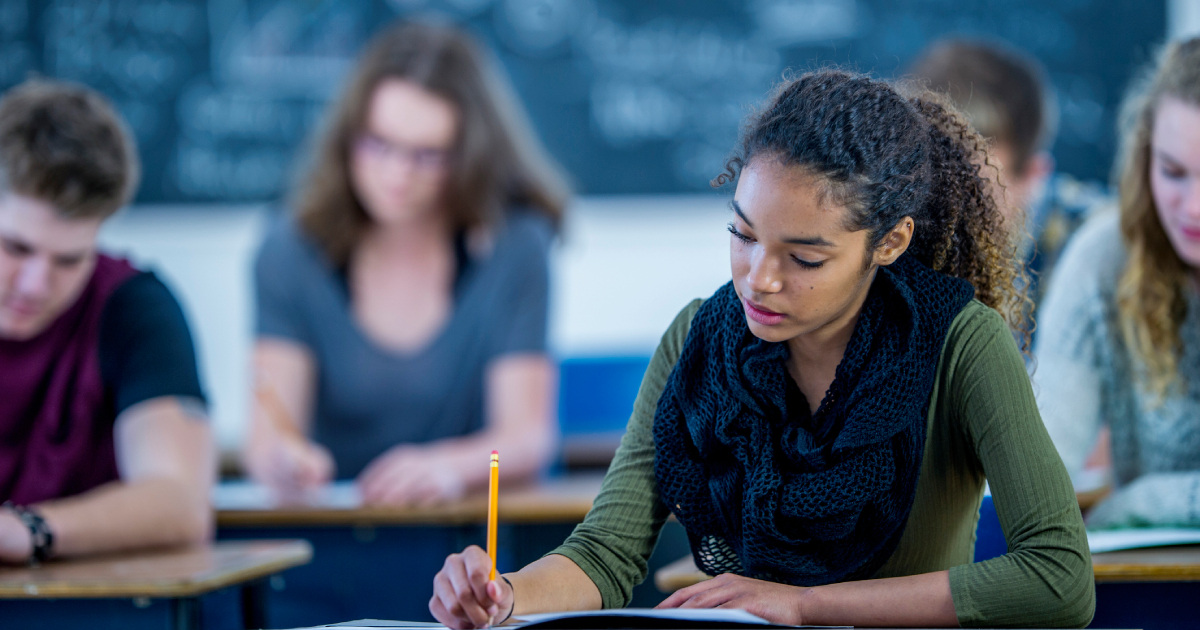
Is play an effective tool to promote learning in pre-kindergarten through grade 3? At the request of the Pennsylvania Department of Education (PDE), the Regional Educational Laboratory (REL) Mid-Atlantic reviewed the evidence on three approaches to play as a teaching strategy in classroom settings:
- Teacher-directed play, in which teachers plan games and play activities as learning opportunities. They also outline rules for students to follow in these games and activities.
- Child-directed play, also known as free play, gives students opportunities to engage in activities they choose and direct freely, without active guidance from teachers.
- Mutually directed play, in which both teachers and students direct games and play activities.
After reviewing 22 studies focused on the academic achievement of students in pre-kindergarten through grade 3, including language development, early literacy, and early mathematics, we found that rigorous research on the effect of play as a teaching strategy is scarce. Although our colleagues at PDE were particularly interested in studies that meet standards of the Every Student Succeeds Act (ESSA), which sets expectations that states, districts, and schools will employ interventions supported by research, only 2 of the 22 studies met ESSA standards for providing “promising” evidence in support of play as a teaching strategy.
One of these two studies found that students who engaged in a mutually directed play session had significantly higher scores on a test of expressive vocabulary than their peers who did not take part in the session. The other study, which examined all three approaches to play, found that students in the mutually directed and teacher-directed play groups had significantly higher scores on tests of receptive and expressive vocabulary than students in the child-directed group. These findings suggest that when play is used to teach emergent literacy skills, it is more effective to have teachers involved. However, because this study compared the three approaches to one another rather than to direct instruction or any “business-as-usual” condition that does not include play, its findings do not address whether play is more effective than other approaches to instruction that do not include play. Read details on the evidence review and its findings here.
Although these findings shed light on the role of play in learning, we need to know more to inform early education policy and practice and improve students’ academic outcomes. To help move the needle, members of the education community, such as teachers, school administrators, school district staff, researchers, and state educational agency staff, can help generate needed evidence by:
- Using administrative data they already collect to track students’ progress and evaluate active learning approaches to instruction, such as play. Tools such as the Evidence to Insights (E2I) Coach, the ASSISTments ETRIALS Project, and Carnegie Learning’s UpGrade platform provide guidance for gathering information and using it to learn which education programs and interventions work and for whom.
- Focusing on improvements in students’ academic as well as nonacademic outcomes, such as social-emotional learning (including self-regulation, teamwork, and resilience). Instructional approaches that focus on active learning, such as those that include play, can lead to improvements in social-emotional development,[i], [ii] which in turn can lead to improved academic outcomes.[iii]
- Facilitating learning communities for school administrators, principals, teachers, and researchers to share best practices on active learning approaches and how they can improve students’ academic and nonacademic outcomes. Successful researcher-practitioner partnerships include the Southwest Networked Improvement Communities and the National Center for Research in Policy and Practice. REL Southwest, REL Northwest, REL Mid-Atlantic, and the National Network of Education Research-Practice Partnerships also provide perspectives and resources on creating and sustaining learning communities through researcher-practitioner partnerships.
Play has the potential to build children’s communication, social skills, and social-emotional learning. The REL Mid-Atlantic team continues to support and collaborate with our partners to find evidence that sheds light on how play can enhance learning opportunities for all children.
End Notes
[i] Hirsh-Pasek, K., and R. M. Golinkoff. “Why Play = Learning.” In Encyclopedia on Early Childhood Development, edited by R.E. Tremblay, M. Boivin, and R. DeV. Peters. Montreal, Quebec: Centre of Excellence for Early Childhood Development and Strategic Knowledge Cluster on Early Child Development, 2008. Available at: http://www.child-encyclopedia.com/sites/default/files/textes-experts/en/774/why-play-learning.pdf. Accessed on February 18, 2020.
[ii] Yogman, M., A. Garner, J. Hutchinson, K. Hirsh-Pasek, R. M. Golinkoff, Committee on Psychosocial Aspects of Child and Family Health, American Academy of Pediatrics Council in Communications and Media. “The Power of Play: A Pediatric Role in Enhancing Development in Young Children.” Pediatrics, vol. 142, no. 3, 2018.
[iii] Zhai, F., C. C. Raver, and S. M. Jones. “Social and Emotional Learning Services and Child Outcomes in Third Grade: Evidence from a Cohort of Head Start Participants.” Children and Youth Services Review, vol. 56, 2015, pp. 42–51.
Cross-posted from the REL Mid-Atlantic website.



